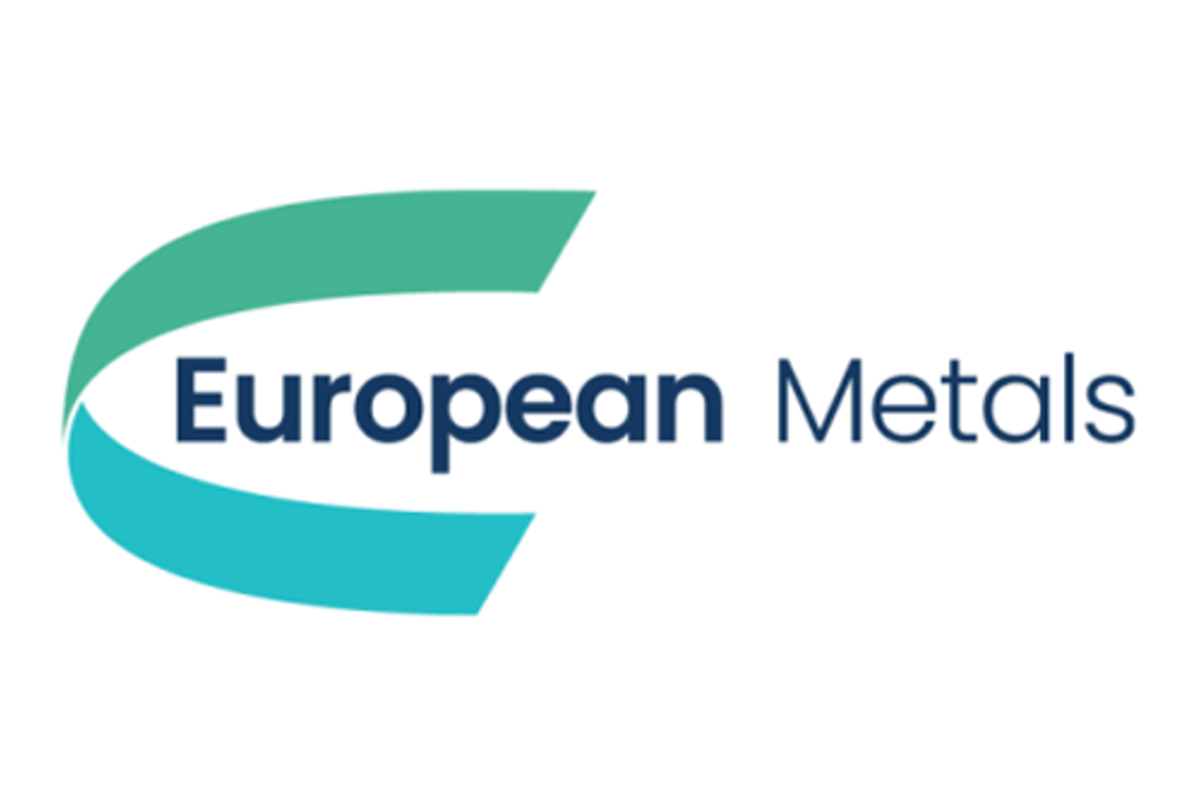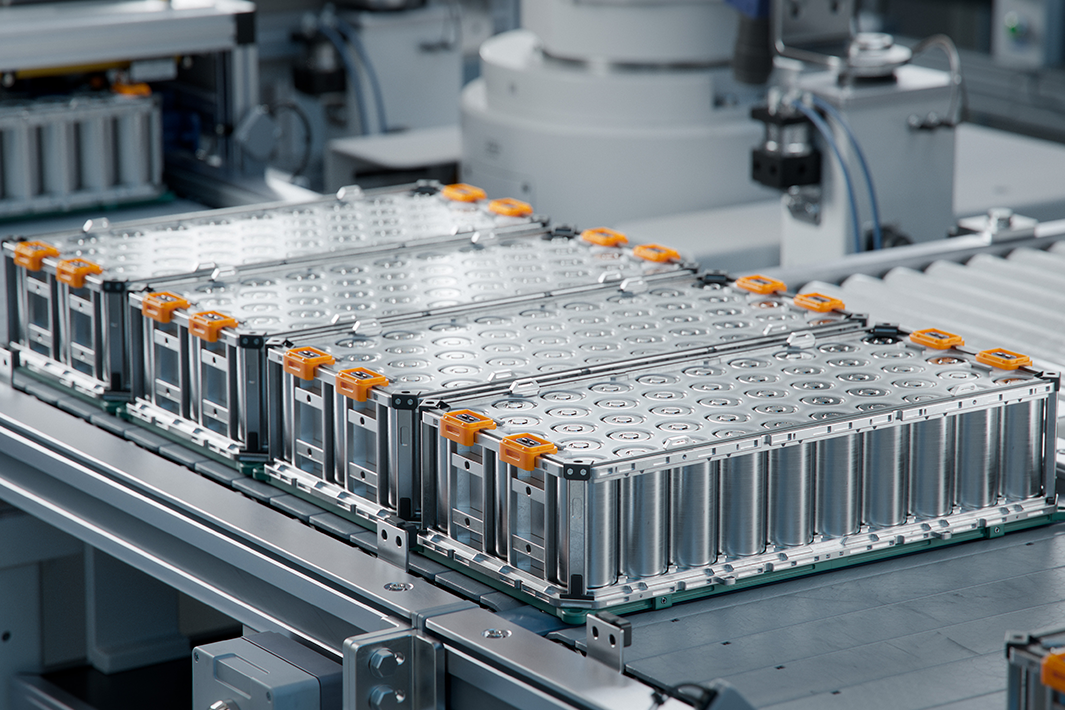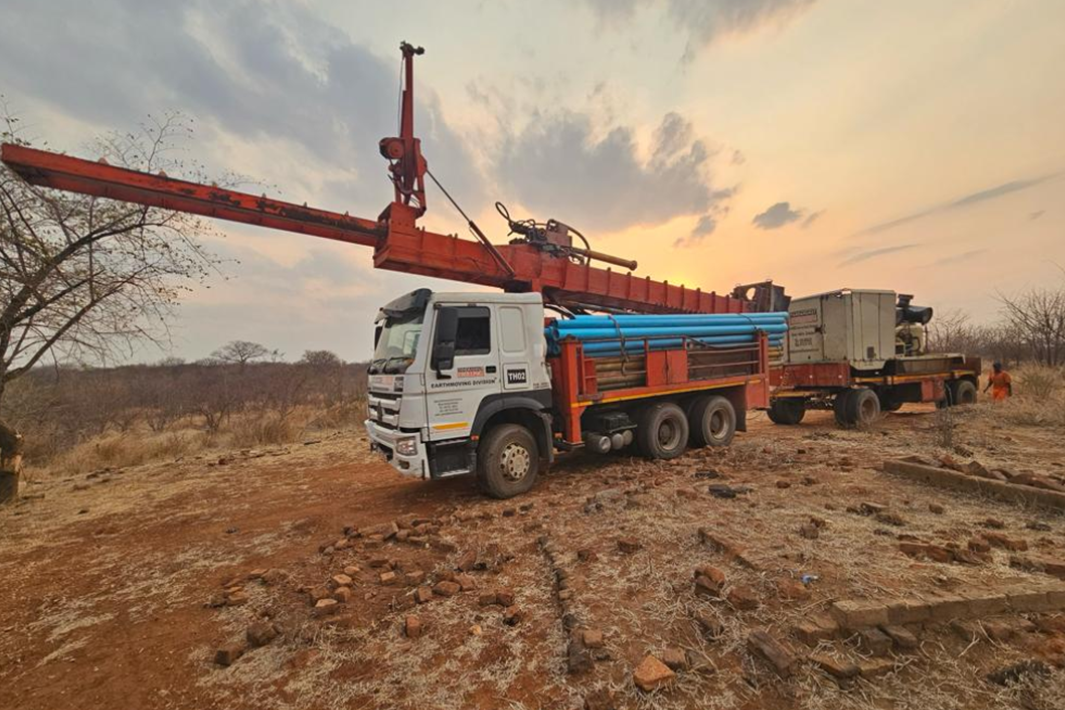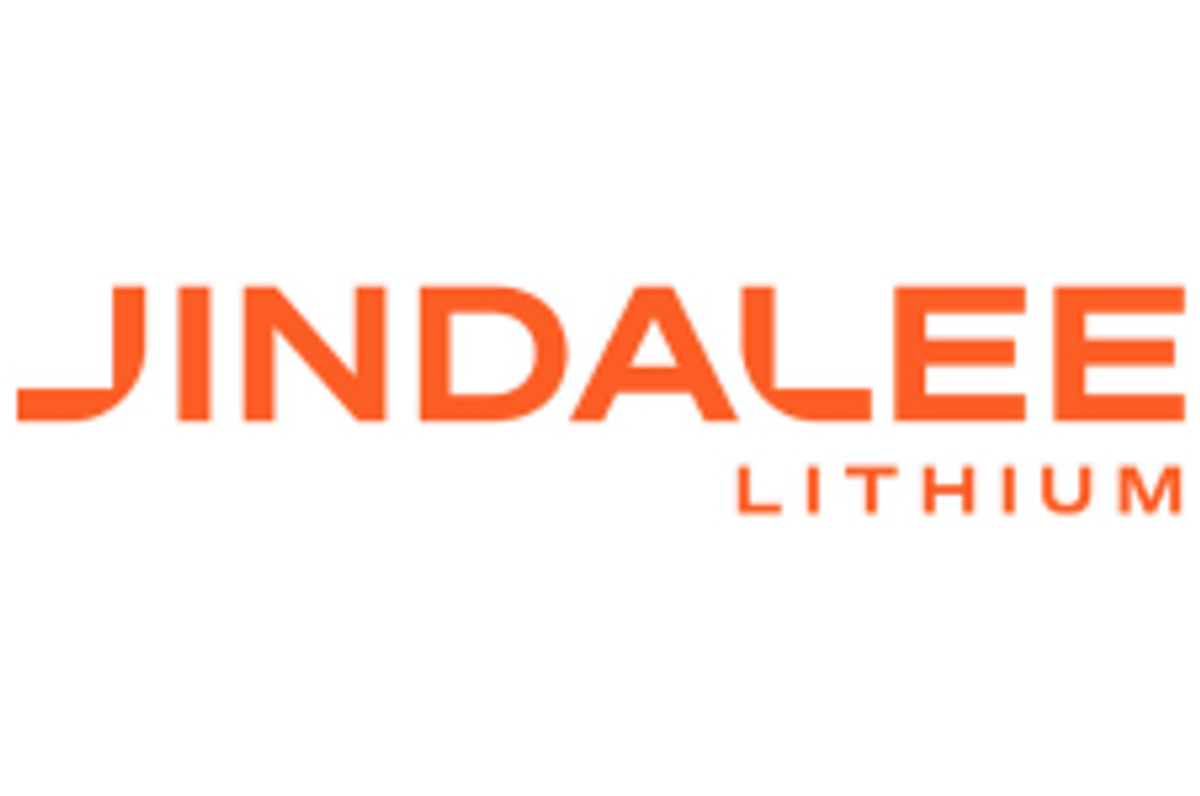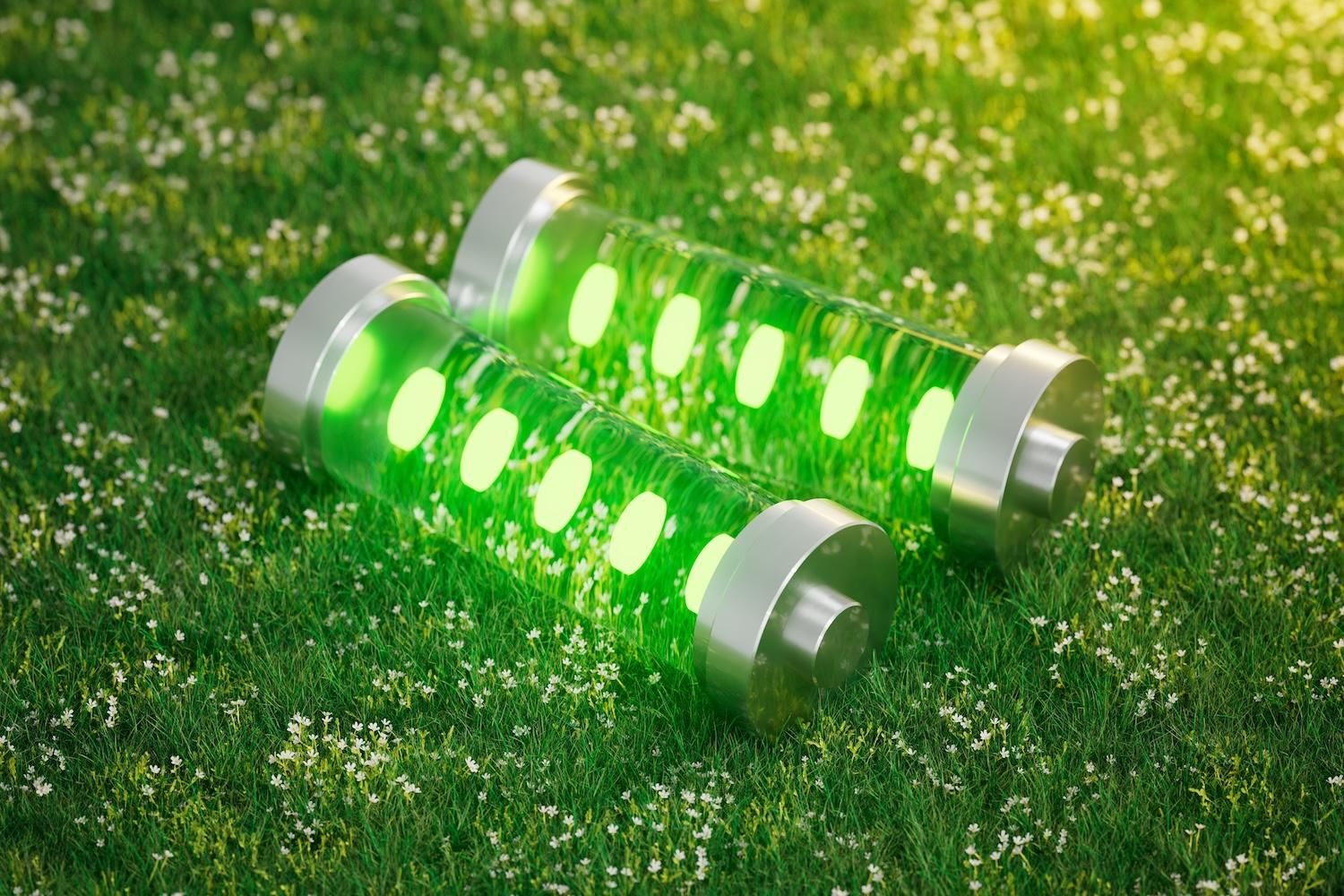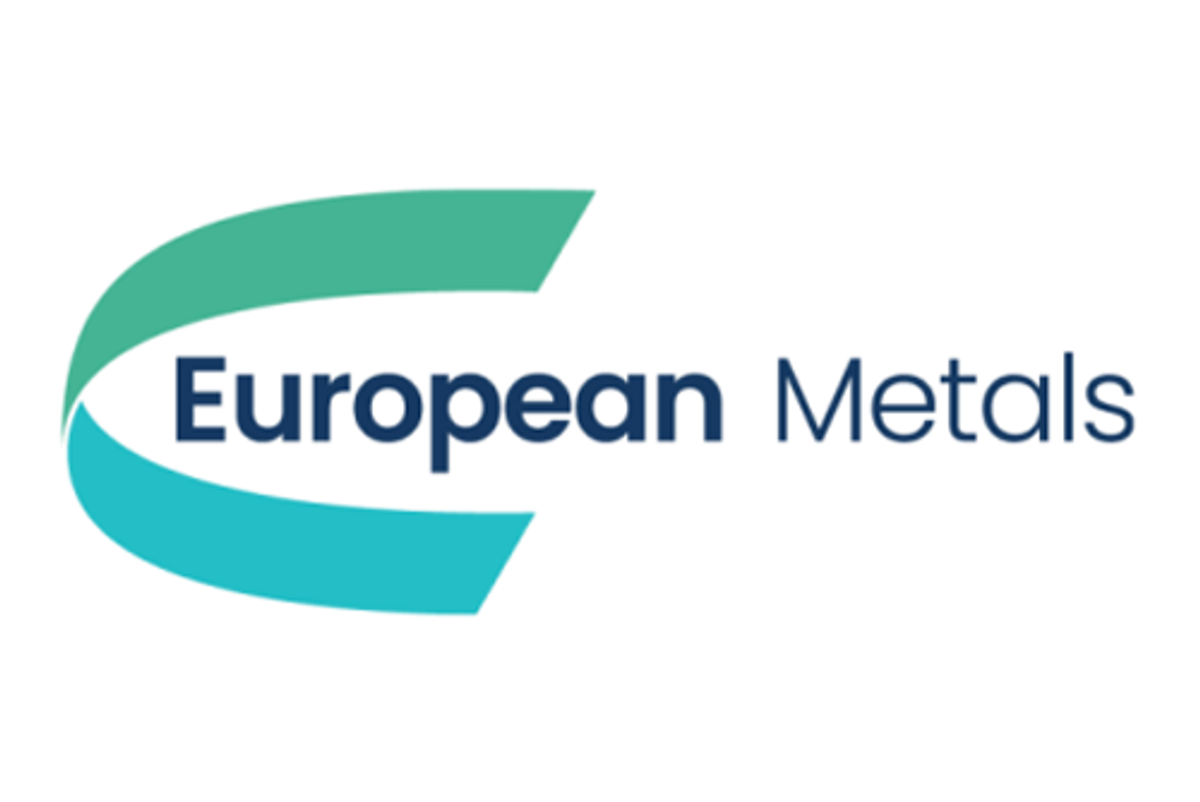
February 01, 2023
European Metals Holdings Limited (ASX & AIM: EMH, OTCQX: EMHXY, ERPNF and EMHLF) (“European Metals” or the “Company”) is pleased to announce that DRA Global Limited (“DRA”) has been appointed to complete the Definitive Feasibility Study (“DFS”) for the Cinovec project in the Czech Republic.
With over 30 years’ experience in the development and execution of projects, DRA is a recognised leader in the delivery of lithium projects globally.
DRA has the necessary capacity, expertise and track record to deliver the Cinovec DFS in a timely and efficient manner and will be working to build on all of the optimisation work that the Cinovec team completed over the course of 2022 with a view to completion of the DFS in Q4 2023.
DRA’s appointment for this vital piece of project development work is testament to both the Company’s and its joint-venture partner CEZ s.a. commitment to, and the tremendous prospectivity and value of, the Cinovec Project. The Cinovec Project’s in-house team will work closely with DRA to develop and finalise the DFS.
Executive Chairman Keith Coughlan said:
“We are pleased to have secured a company of DRA’s calibre, with a proven track record of delivering critical pieces of work like the Cinovec DFS in a timely and efficient manner.
“We will be working closely with DRA over the coming period, and we are excited by the positive outcomes that this DFS will provide. It is not expected that this will delay the critical path of the Project, as during this time the Company will be in the process of finalising permitting, offtake and Project Finance matters.
“European Metals is well positioned for the rising demand in battery materials, developing the Cinovec project, the largest hard rock lithium project in the EU, which is centrally located on the Czech Republic’s border with Germany. The project possesses excellent ESG credentials which will enable the production of battery grade lithium hydroxide and carbonate with potentially one of the lowest CO2 emissions, globally.”
“We are proud to be working with EMH on the Definitive Feasibility Study for the impressive Cinovec Project. Our experience in Lithium spans the Australian, African and Americas markets. We are excited to share this knowledge with EMH to deliver the best results for their project,” comments James Smith, CEO of DRA Global.
DRA Global
DRA Global Limited (ASX: DRA | JSE: DRA) is a multi-disciplinary consulting, engineering, project delivery and operations management group predominantly focused on the mining and minerals resources sector. DRA has an extensive global track record, spanning more than three decades and more than 7,500 studies and projects as well as operations, maintenance and optimisation solutions across a wide range of commodities.
DRA has expertise in mining, minerals and metals processing and related non-process infrastructure including sustainability, water and energy solutions for the mining industry. DRA delivers advisory, engineering and project delivery services throughout the capital project lifecycle from concept through to operational readiness and commissioning as well as ongoing operations, maintenance and shutdown services.
Click here for the full ASX Release
This article includes content from European Metals, licensed for the purpose of publishing on Investing News Australia. This article does not constitute financial product advice. It is your responsibility to perform proper due diligence before acting upon any information provided here. Please refer to our full disclaimer here.
EMH:AU
The Conversation (0)
22 March 2022
European Metals
Developing Europe’s Largest Hard Rock Lithium Deposit
Developing Europe’s Largest Hard Rock Lithium Deposit Keep Reading...
11 December
Mining the Gap: 5 Forces Shaping North America’s Lithium Supply Chain
A convergence of industry investments, government initiatives and a shifting global trade dynamic is creating an environment ripe for the development of a North American battery supply chain, with lithium playing a leading role. These trends are reshaping the region’s industrial base and opening... Keep Reading...
10 December
Rock Bottom: Strategic Window for Ground-level Lithium Investment
When lithium prices hit bottom, savvy investors know that’s exactly where the next big discovery begins — literally. Beneath the surface of global markets and remote exploration grounds, new opportunities are forming in the wake of a sharp price reset and renewed geopolitical urgency.Recent... Keep Reading...
10 December
Liontown Resources Pens Lithium Offtake Agreement with China's Canmax
Liontown Resources (ASX:LTR,OTC Pink:LINRF) has executed a binding offtake agreement with Chinese conglomerate Canmax Technologies (SZSE:300390) as part of its strategy to diversify its customer base.“Listed on the Shenzhen Stock Exchange, Canmax is one of the world’s leading manufacturers of... Keep Reading...
08 December
Trading Halt
Jindalee Lithium (JLL:AU) has announced Trading HaltDownload the PDF here. Keep Reading...
05 December
Livium Receives A$663k in RsD Tax Incentive Rebates for VSPC
Livium Ltd (ASX: LIT) (“Livium” or the “Company”) advises that it has received A$663,000 in research and development ("R&D") tax incentive rebates from the Australian Tax Office for the 2025 financial year ("FY25"), relating to its wholly owned subsidiary VSPC Pty Limited ("VSPC"). The rebate... Keep Reading...
01 December
Why SQM Says Social Dialogue is Key to Sustainable Lithium
As scrutiny continues to intensify across the battery metals supply chain, the conversation around sustainability has moved far beyond carbon footprints. At this year’s Benchmark Week, Stefan Debruyne, director of external affairs at Sociedad Quimica y Minera de Chile (SQM) (NYSE:SQM), made that... Keep Reading...
Latest News
Latest Press Releases
Related News
TOP STOCKS
American Battery4.030.24
Aion Therapeutic0.10-0.01
Cybin Corp2.140.00
